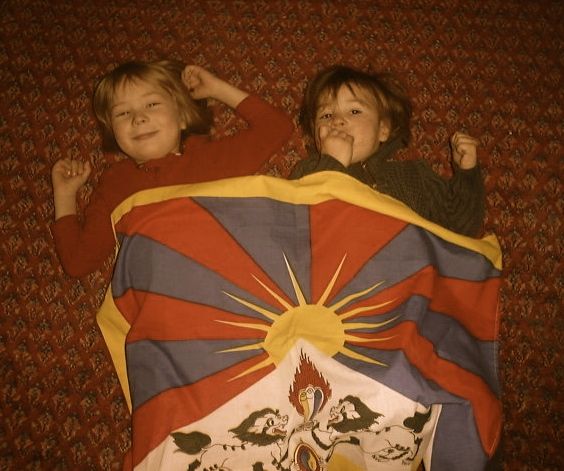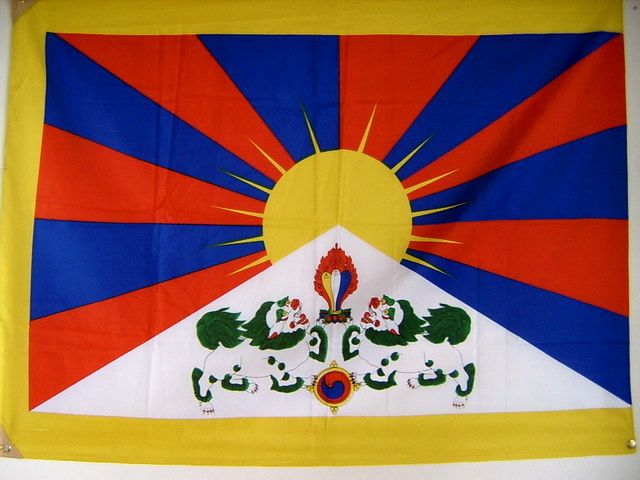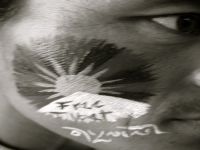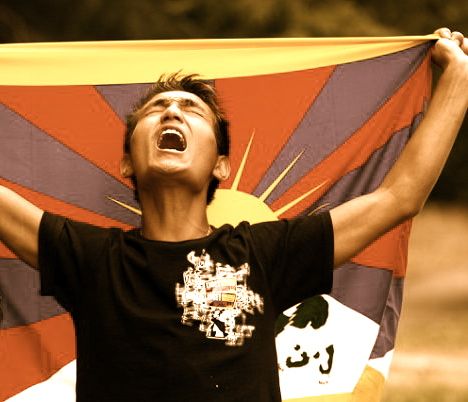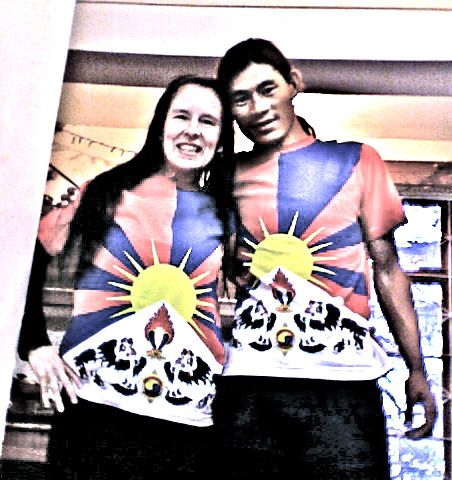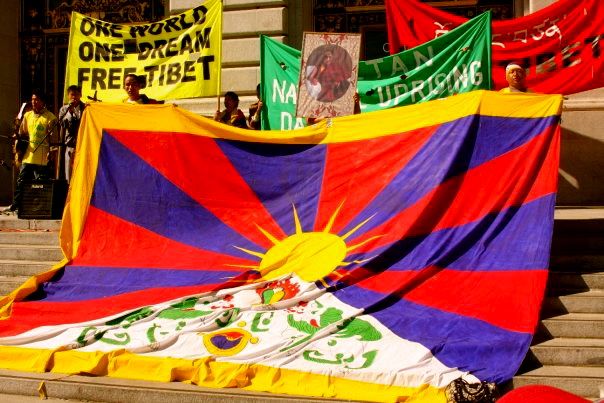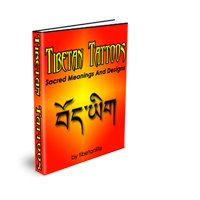|
Tibetan FlagA Colorful Symbol of Tibetan National Unity and Independence
All about the Tibetan flag... In ancient Tibet, the military of each region had their own flag. The thirteenth Dalai Lama designed the present modern Tibetan flag incorporating all of those unique symbols and colors.
At the top of the great snow mountain, the sun with its rays brilliantly shining in all directions represents the enjoyment of freedom, spiritual and material happiness and prosperity by all the citizens in the land of snow.
It is now a crime to possess a national flag, sometimes bringing a long prison sentence of torture and abuse. It is also a crime to have a photo of the Dalai Lama! Husband and I wearing the national symbols for a freedom campaign. Aren't we cute!
On the sides of the snowy mountain stand two beautiful and proud snow lions which represent the country's victorious accomplishment of a unified spiritual and secular life.
The yellow border on three sides represent the flourishing of the Buddha's teachings. The side without a border represents Tibet's openness to non-Buddhist thought.
The two colored jewel held below represents the ethical behavior practiced and cherished by the Tibetan people.
|






